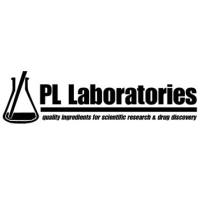Surface Trafficking of Sodium Channels in Cells and in Hippocampal Slices
互联网
1026
The voltage-gated sodium channel (Nav 1) plays an important role in initiating and propagating action potentials in neuronal cells. We and others have recently found that the Alzheimer’s disease-related secretases BACE1 and presenilin (PS)/γ-secretase regulate Nav 1 function by cleaving auxiliary subunits of the channel complex. We have also shown that elevated BACE1 activity significantly decreases sodium current densities in neuroblastoma cells and acutely dissociated adult hippocampal neurons. For detailed molecular studies of sodium channel regulation, biochemical methods are now complementing classical electrophysiology. To understand how BACE1 regulates sodium current densities in our studies, we setup conditions to analyze surface levels of the pore-forming Nav 1 α-subunits. By using a cell surface biotinylation protocol, we found that elevated BACE1 activity significantly decreases surface Nav 1 α-subunit levels in both neuroblastoma cells and acutely prepared hippocampal slices. This finding would explain the decreased sodium currents shown by standard electrophysiological methods. The biochemical methods used in our studies would be applicable to analyses of surface expression levels of other ion channels as well as Nav 1 in cells and adult hippocampal neurons.









